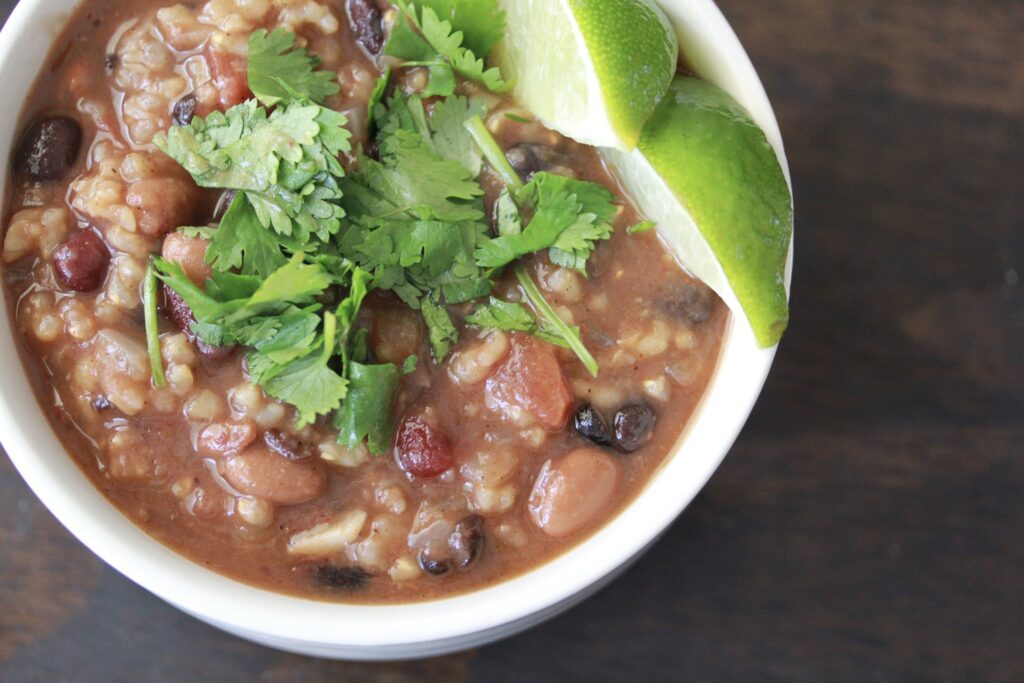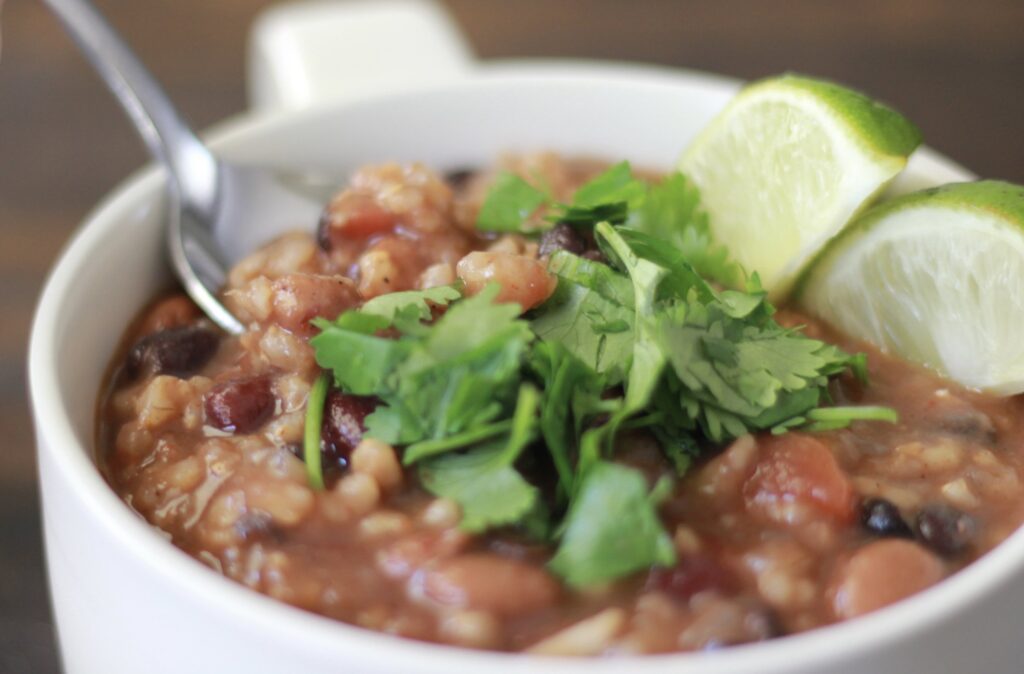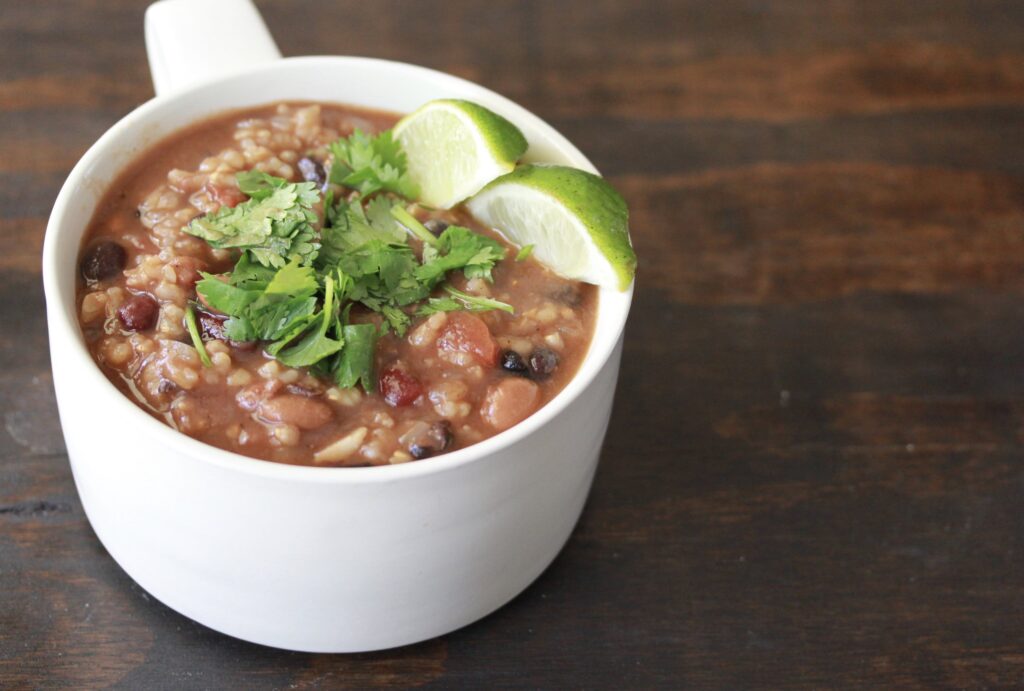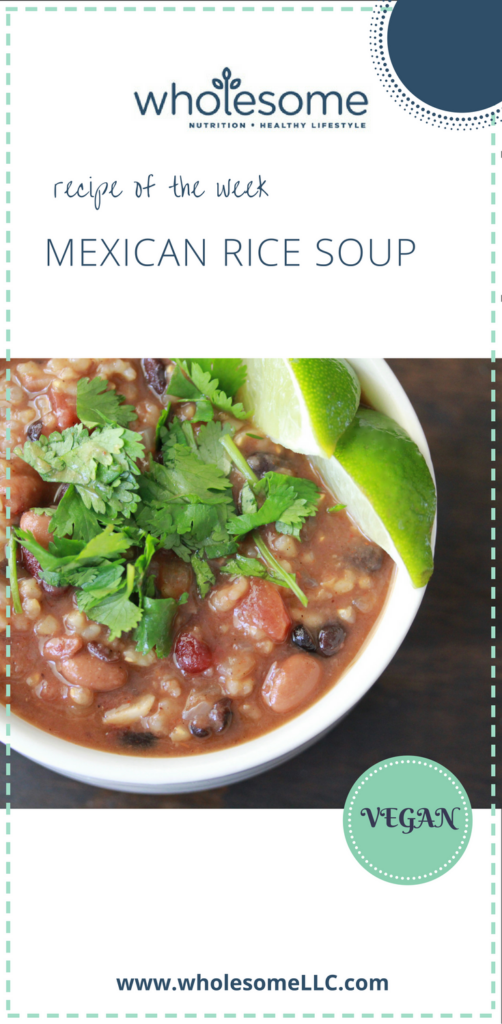The Wholesome Journey - Group Nutrition Coaching Program
Mentorship Program, 1:1 Nutrition Coaching with Alison
What do you want to learn more about?
Program Login
Podcast Features
October 19, 2017
Alison Tierney, MS, RD, CD, CSO
Alison is a registered dietitian, board-certified in oncology nutrition, and a cancer thriver. Her expertise in oncology nutrition and personal experience with her own cancer diagnosis and its treatment provide her with the unique perspective of being able to relate to her clients on an entirely different level. Her content is consistently focused on evidence-based guidelines and seeks to increase the awareness of the power of nutrition to complement traditional cancer therapies.
- Alison Tierney, MS, RD, CD, CSO
- Alison Tierney, MS, RD, CD, CSO
- Alison Tierney, MS, RD, CD, CSO
- Alison Tierney, MS, RD, CD, CSO
- Alison Tierney, MS, RD, CD, CSO
- Alison Tierney, MS, RD, CD, CSO
- Alison Tierney, MS, RD, CD, CSO
- Alison Tierney, MS, RD, CD, CSO
- Alison Tierney, MS, RD, CD, CSO
- Alison Tierney, MS, RD, CD, CSO
Every 40 seconds an American dies related to heart disease. That’s 2,200 deaths every day. (1)
An estimated 7.1 million Americans have experienced a heart attack in their lives (1). Unfortunately, many also die related to sudden cardiac death with a heart attack as both their first and last symptom of heart disease (2).
Prevention of heart disease is crucial.

Shockingly, only 5% of heart diseases are related to a genetic cause (1). No, I did not mistype. That’s 5%. It is true that if heart disease and high cholesterol run in your family, you are at higher risk–but it doesn’t mean you can’t do anything about it. Heart disease is primarily preventable with a healthy lifestyle.
Okay, but before I stop with all of the scary statistics, I need to share one more. One more because even if you haven’t been diagnosed with heart disease or you haven’t reached your 40s, 50s, or 60s you need to know this statistic.
Research has found fatty streaks in children as young as 10 years old (3).
Okay. One more. Really, just one more.
Italian researchers studied the arteries of fetuses as a result of miscarriage and premature newborns unable to survive. The fetuses and newborns of mothers with elevated LDL were more likely to have arterial lesions–or the first stage of heart disease. (4)
This research suggests heart disease begins in the womb–before we as individuals even have the opportunity to make our own choices.
Now, are you ready to make some changes to reduce your risk of heart disease?
8 Tips to Reduce Your Risk for Heart Disease
1. Lower your cholesterol.
Reduce your intake of foods which contain cholesterol–animal products. Milk, cheese, yogurt, red meat, poultry, fish, seafood, eggs, and other dairy products. Plants contain 0 mg of cholesterol, whereas just one large egg contains 187 mg cholesterol. Is chicken better than beef? Not really. Chicken actually contains the same amount of cholesterol per ounce as beef, 25 mg (1). How do these numbers compare? The American Heart Association recommends those with or at risk of heart disease to consume no more than 200 mg cholesterol per day (300 mg for those ‘not at risk’–but if you ask me, we’re all at risk with the previously mentioned statistics).
2. Reduce you fat intake.
To reduce your cholesterol and risk for heart disease, you should also reduce your fat intake, especially saturated fat. What foods contain saturated fat? All the same foods which contain cholesterol with the addition of some tropical oils (palm and coconut oil). We aren’t talking about eating fat-free Snack Well cookies to decrease your fat intake, we’re talking about eating whole plants. Fruits, vegetables, whole grains, and legumes naturally contain minimal amounts of fat.

3. Increase your fiber intake.
Fiber, specifically soluble fiber, can help reduce cholesterol. Remember the Cheerios commercials? Soluble fiber is primarily found in oats, barley, beans, and some fruits and vegetables. Not only does fiber help reduce heart disease and cholesterol, but for every 10 grams consumed daily, one’s risk of dying decreases by 10% (5).
4. Maintain or achieve an ideal body weight.
By the year 2030, it is estimated that 86.3% of Americans will be overweight or obese. [No.Words.] Today, 40% of Americans are considered obese. (1) Achieving an ideal body weight plays a large role in preventing heart disease–but isn’t the only risk factor by any means.
5. Achieve a healthy blood pressure.
Increased blood pressure puts extra stress on the heart and is a risk factor for heart disease, stroke and other health conditions. Nutrients helpful in achieving a healthy blood pressure include potassium, magnesium, antioxidants, and fiber. Thankfully, the same foods which contain no cholesterol, minimal amounts of fats, and high amounts of fiber are the same foods which lower blood pressure and contain these essential nutrients! [That’s what I like to call a “Nutrition Win!”]
6. Don’t smoke.
In 2017, do I have to explain any further?
7. Exercise.
Exercise places a good stress on the heart and actually is helpful in lowering bad cholesterol and raising good cholesterol. Aim for some form of physical activity every day, but at the minimum 150 minutes of moderately intense activity each week.
8. Reduce stress.
Stress can cause the heart to beat at an increased rate and increase blood pressure. In our busy life and constantly on-the-go, many of us often forget to take time to ourselves to rest and recuperate. Know your limits, get adequate rest, and employ techniques which work for you to help manage stress. [Yoga anyone?!]
Here is one recipe that can help you with 6 of 8 of these recommendations! No cholesterol, low-fat, high in fiber, high potassium, keeps you full on less calories for weight control, and is so simple dinner time stress is greatly reduced. Add a walk after dinner and don’t smoke. Sounds like this recipe is a winner all around!

MEXICAN RICE SOUP
Recipe Adapted from: Forks Over Knives
Serves: 6
ingredients
1 medium onion, diced
4 cloves garlic, minced
6 cups low-sodium vegetable broth
1, 15 ounce can low-sodium black beans
1, 15 ounce can low-sodium kidney beans
1, 15 ounce can low-sodium pinto beans
1, 15 ounce can no-salt added petite diced tomatoes
1 tablespoon chili powder
1 cup brown rice*
Salt and pepper, to taste
Recommended accompaniments:
Lime wedges
Baked tortilla chips
Cilantro
*I prefer short grain brown rice
directions
Heat a large saucepan to medium-high heat. When hot, add the diced onion and minced garlic. Saute for 7-10 minutes, or until onion is translucent. If onion and garlic start to stick, add 1 tablespoon of water or vegetable broth at a time, as needed.
Next, add the remaining ingredients. Stir. Bring mixture to a boil. Reduce heat to low/simmer and cook for 25-30 minutes, until rice is cooked. Season with salt and pepper, if needed, to taste.
Serve with toppings of your choice. Enjoy!
Tip: This dish is easy to make in large batches and freeze for future meals!
(1) A. (2016, January 22). Cholesterol and Heart Disease. Retrieved October 15, 2017, from http://www.pcrm.org/health/health-topics/cholesterol-and-heart-disease.
(2) Myerburg RJ, Junttila MJ. 2012. Sudden cardiac death caused by coronary heart disease. Circulation. 28;125(8):1043-53.
(3) Voller RD, Strong WB. Pediatric aspects of atherosclerosis. Am Heart J. 1981;101(6):815-36.
(4) Napoli C, D’Armiento FP, Mancini FP, et al. Fatty streak formation occurs in human fetal aortas and is greatly enhanced by maternal hypercholesterolemia. Intimal accumulation of low density lipoprotein and its oxidation precede monocyte recruitment into early atherosclerotic lesions. J Clin Invest. 1997;100(11):2680-90.
(5) Yang Y, Zhao LG, Wu QJ, Ma X, Xiang YB. Association between dietary fiber and lower risk of all-cause mortality: A Meta-Analysis of Cohort Studies. Am J Epidemiol. 2015;181:83-91.

8 Tips for Reducing Heart Disease Risk + Mexican Rice Soup
Wholesome LLC is not a medical practice, and its employees cannot offer medical advice. This website provides educational information but it is not a substitute for medical advice from a licensed medical professional who is familiar with your particular facts and circumstances. The information contained on this website is not intended to diagnose, treat, or cure any disease and shall not be construed as medical advice. The information and education on this website is provided for you to use at your own discretion.
You can further review our disclaimer here.
Wholesome
About Alison
Courses & Programs
The Wholesome Journey
Free Resources
FAQs
Press & Media
Recipes
Blog
Contact Us
Shop
© 2025 Wholesome, LLC All rights reserved.
Privacy Policy
Terms of Use
Disclaimer
Mobile Terms of Service